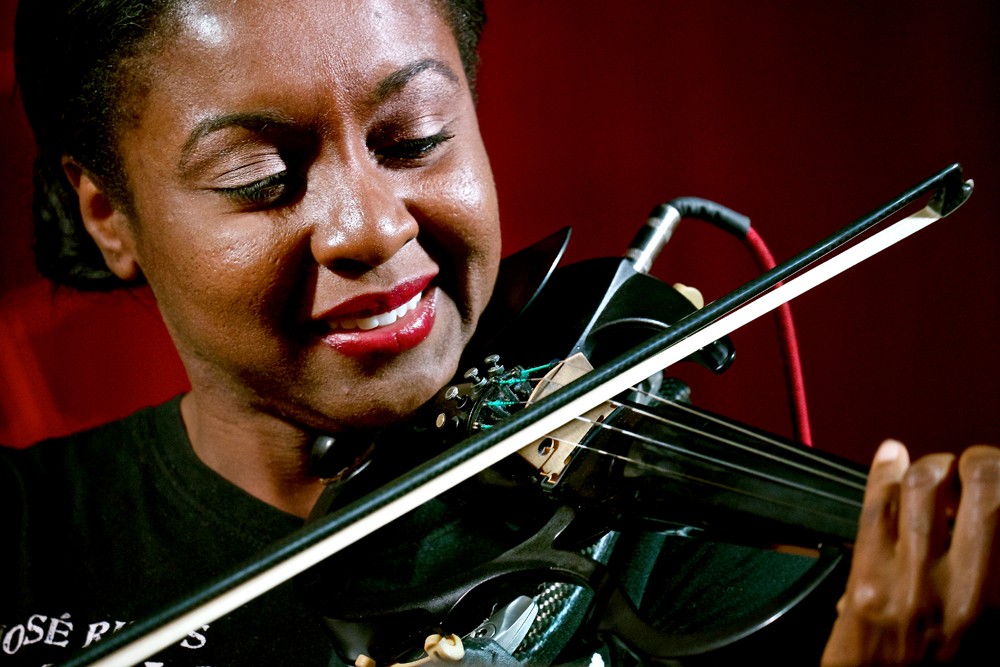sscarmack
Been spending a lot of time on here!
- Joined
- Jul 14, 2009
- Messages
- 2,389
- Reaction score
- 949
- Location
- Sharpsville,PA
- Can others edit my Photos
- Photos OK to edit
Heck, I was shooting at 12,800 yesterday hahahhaa



Hey I do a lot of night photography and am often tempted to shoot ISO 100 however i blow out some of the bright city lights. I don't know where to find a happy medium. What do you all do in a situation like this? View attachment 85244
I do a ton of night photography and always use the lowest possible ISO I can (and a tripod). So usually ISO 100. I'm confused as to how lights would get blown out on a lower ISO vs a higher one.
Less burn in due to a shorter exposure.
manaheim said:I do a ton of night photography and always use the lowest possible ISO I can (and a tripod). So usually ISO 100. I'm confused as to how lights would get blown out on a lower ISO vs a higher one.
50% of the posted images were captured with a traditional CMOS sensor. I do not understand your point. I was reacting to a post by ILOVEHATEPHOTO.COM who had quoted me. I wanted to punctuate my response with examples of low light/high ISO images as well as address the OP with why a photographer should not be stuck with only one ISO. I had no intent of addressing ISO noise or the pros/cons of Fuji cameras.^^^ with all fairness, the x-trans is a really good high ISO sensor, You're not likely going to get these results from a traditional CMOS of similar format and price point. But Fuji cameras aren't necessarily everyone, either.
I like your avatar.
Gary
BTW- even here the traditional CMOS examples are far inferior to the X-Pro, at least in terms of noise and sharpness.

I do the same thing. I have it set to auto-ISO with a maximum of 6400, but if I am shooting on a tripod I will set it to manual ISO and if I have enough light I will set it to 100.Hmm, my Nikon is on auto Iso capped at 6400 most of the time. My Sony I try to keep at 1600 or less if I can. Most often between 4-800. Even when using a flash I think I keep it at 200-400 for faster recycle time.
There are times I over ride it for sure.I do the same thing. I have it set to auto-ISO with a maximum of 6400, but if I am shooting on a tripod I will set it to manual ISO and if I have enough light I will set it to 100.Hmm, my Nikon is on auto Iso capped at 6400 most of the time. My Sony I try to keep at 1600 or less if I can. Most often between 4-800. Even when using a flash I think I keep it at 200-400 for faster recycle time.
